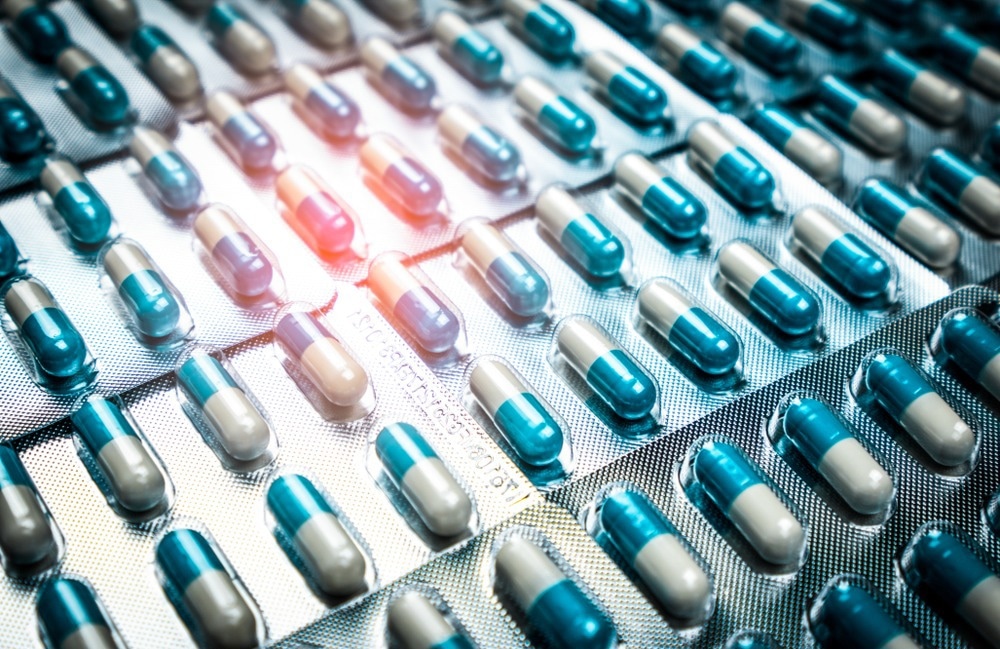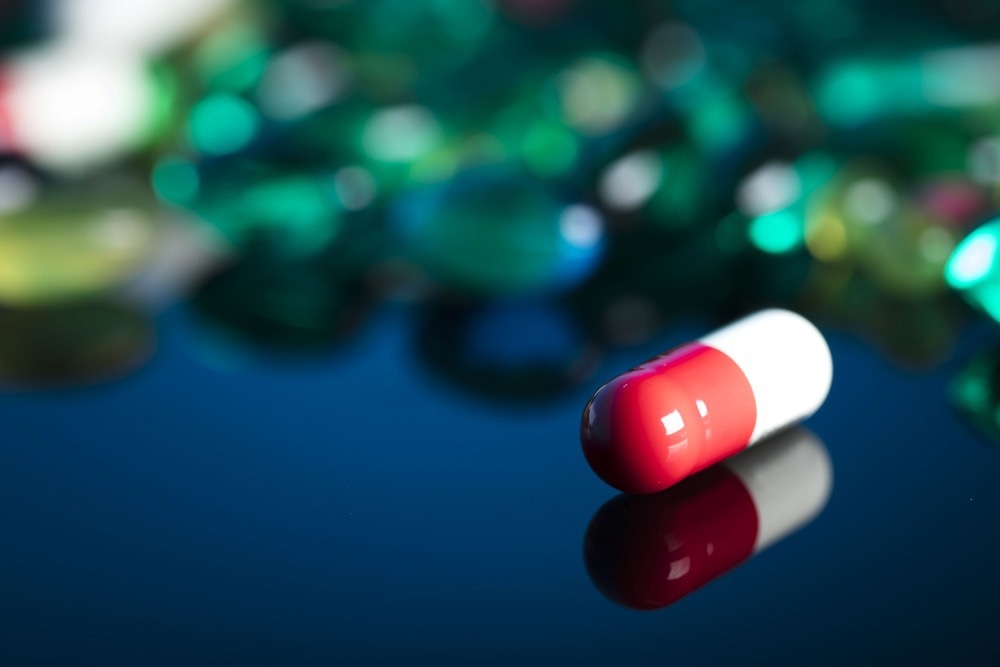What is antibiotic resistance?
What is the global clinical antibacterial pipeline?
What is the global preclinical antibacterial pipeline?
Institutions associated with preclinical drug development
Preclinical projects
Trends in the preclinical antibacterial pipeline
References
Further reading
The global preclinical antibacterial pipeline refers to innovative antibacterial candidate drugs that are under development with the aim of effectively eliminating newly emerged and pre-existing priority pathogens.

Image Credit: Fahroni/Shutterstock.com
What is antibiotic resistance?
Antibacterial medicines or antibiotics treat bacterial infections in humans, animals, and plants. However, bacteria may eventually develop resistance against antibiotics-mediated killing by acquiring genetic mutations. Although antibiotic resistance occurs naturally, misuse or overuse of antibiotics can significantly escalate the process.
Antibiotic resistance has become one of the biggest public health concerns worldwide. It has been estimated that around 700,000 deaths occur each year globally due to infections caused by drug-resistant bacteria. In the recent UN discussion at the 75th assembly, antibiotic resistance has been referred to as a “silent tsunami” that may cause 10 million deaths annually by 2050 and push 24 million people into poverty by 2030.
Besides strictly ensuring appropriate use of antibiotics, continuous monitoring of newly emerging drug-resistant bacterial strains and the discovery and development of innovative antibacterial drugs is of prime importance to halt the spread of antibiotic resistance.
What is the global clinical antibacterial pipeline?
The clinical antibacterial pipeline refers to all antibacterial drug candidates currently in clinical developmental stages globally. These candidates include direct-acting small molecules, biological compounds, and non-conventional antibacterial agents, including microbiome-modulating drugs, antibodies, immunomodulating agents, and phage-derived enzymes.
To prevent antibiotic resistance and accelerate antibacterial drug development, the World Health Organization (WHO) has prepared a global priority list of major drug-resistant bacteria in 2017. The list has been prepared by raking the priority pathogen as medium (ampicillin-resistant Hemophilus influenzae), high (methicillin-resistant Staphylococcus aureus and clarithromycin-resistant Helicobacter pylori), and critical (carbapenem-resistant Acinetobacter baumannii and Pseudomonas aeruginosa). The global research and development efforts primarily aim to develop innovative antibacterial drugs against these priority pathogens.
According to the WHO report published in 2021, the global clinical pipeline currently includes 43 conventional antibiotics and 27 non-conventional antibacterial agents. Among these conventional antibiotics, 12 target Mycobacterium tuberculosis, 5 target Clostridioides difficile, and 26 target WHO-priority pathogens.
Although these drug candidates are in different phases of clinical trials, available reports indicate that the current clinical pipeline is inadequate to counteract the increasing rates of antibiotic resistance. The pipeline mostly includes new derivatives of existing antibiotic classes and lacks innovative drug candidates against priority pathogens.
What is the global preclinical antibacterial pipeline?
The preclinical antibacterial pipeline refers to all antibacterial drug candidates currently in preclinical developmental stages globally.
According to the WHO report, there are 252 drug candidates in the preclinical pipeline. Among these candidates, 108 are direct-acting small molecules, and 90 are non-conventional agents. Considering the mode of action, about 40 preclinical candidates target bacterial cell wall synthesis, 62 directly target cell membrane, 28 target protein synthesis, 22 target virulence factors, and 56 are immunomodulators. Many of these drug candidates are being designed to target WHO-priority pathogens.
Institutions associated with preclinical drug development
About 145 individual institutions are involved in discovering and developing preclinical antibacterial agents. The majority of these institutions are based in the USA. Commercial companies are leading in preclinical research and development, followed by academic institutions and foundations. Most commercial companies are small- and medium-sized enterprises (SMEs).

Image Credit: Zolnierek/Shutterstock.com
Preclinical projects
Among WHO-reported preclinical pipeline projects, 43% are in lead optimization stage, 43% are in preclinical candidate selection stage, and 14% are in clinical trial application/investigational new drug (CTA/IND)-enabling studies.
About 90 non-conventional agents are included in the preclinical pipeline. Most of these agents are phage and phage-derived products, followed by anti-virulence agents and potentiators and enablers. Considering all direct-acting small molecules and non-conventional agents, only a small percentage is in the CTA/IND-enabling studies.
Instead of developing broad-spectrum antibiotics, a considerable fraction of preclinical pipeline projects primarily aims to target a single bacterial species. Among these species-specific projects, 43 target Mycobacterium tuberculosis, 18 target Pseudomonas aeruginosa, 10 target Escherichia coli, 9 target Acinetobacter baumannii, and 8 target Clostridioides difficile.
Regarding route of administration, most preclinical projects aim to develop intravenously-administered formulations, followed by oral and inhalable formulations.
Trends in the preclinical antibacterial pipeline
The preclinical pipeline features high levels of diversity and innovations that are mostly lacking in the clinical pipeline. The primary focus of the preclinical pipeline is on WHO-priority pathogens, including Gram-negative bacteria, indicating an improvement in research and development approaches to control antibiotic resistance effectively.
Although it appears promising, there are certain drawbacks in the preclinical pipeline. The majority of drug candidates are non-conventional agents that do not have well-established regulatory pathways. This highlights the possibility of a higher-than-average failure rate, further indicating that only a small fraction of these agents will ever make it to the market.
Most preclinical projects are driven by SMEs that need more investments, infrastructure, and human resources to sustain in the long run. Thus, a massive remodeling of the current market dynamics is urgently needed to pave the way between preclinical drug development and market rollout.
References
Further Reading